Familiar Ground, Fresh Eyes: The Power of Local Photography
Why the Most Compelling Images Might Be Right Under Your Nose
In our pursuit of photographic masterpieces, we often dream of exotic locations and grand landscapes. We save up for that once-in-a-lifetime trip to Iceland, or plan elaborate excursions to national parks. But what if I told you that some of the most rewarding photography can happen right on your doorstep and how a shift in my mindset has transformed my photography?
The humble local photography habit—taking your camera on everyday journeys through familiar spaces—might just transform not only your portfolio but also how you see the world around you.
From Familiarity Fatigue to Creative Curiosity
I'll be the first to admit that I once thought my local town was utterly boring from a photographic perspective. I craved mountain tops, dramatic coastlines, and ancient forests—how could the familiar streets of Ely possibly compete? I'd even run every single street in my town during a post-lockdown 100km personal challenge, and I was convinced I'd seen all there was to see.
How wrong I was.
It's a common affliction for photographers—dismissing the familiar while romanticising the distant. We scroll through social media, seeing dramatic landscapes from around the world, and conclude that our everyday surroundings simply aren't worth capturing. But this perspective misses something crucial: it's not always the subject that makes a photograph compelling, but rather how we see it.
Seeing the Familiar with Fresh Eyes
There's something rather magical about rediscovering places you thought you knew inside out. The school run, your daily commute, the high street you've walked a thousand times—these seemingly mundane routes hold untold photographic potential.
When I first started taking my camera on my morning runs through the Fens, I was simply looking to document the experience. But over time, I began to notice how the same path transformed with the seasons, how morning mist clung to the landscape in ways I'd never appreciated before, how the quality of light completely reimagined familiar scenes.
The truth is, familiarity often blinds us. We stop seeing what's actually there and instead move through spaces on autopilot. A camera in hand and a photographers eye - see what I did there! - forces us to slow down and truly observe again.
The Advantages of Local Photography
Beyond simply being convenient, local photography offers several distinct advantages:
Intimate knowledge of light: When you photograph the same locations repeatedly, you develop an intuitive understanding of how light moves through those spaces throughout the day and year. You'll know exactly when that corner of your back garden catches the golden hour light just so, or when the shadows in a local alleyway create the perfect leading lines.
The luxury of time: Unlike a rushed holiday where you might have just one chance to get the shot, local photography allows you to return again and again, sometimes at a moments notice. That café window you've been eyeing? You can wait for the perfect light, weather, or passerby to complete the composition.
Developing your eye: Working with limited subject matter pushes you to find fresh angles, experiment with different techniques, and really hone your compositional skills. It's the photographic equivalent of a chef creating masterpieces with just a handful of ingredients. It forces you to see and really look for compositions.
Watching places evolve: There's something deeply satisfying about documenting the subtle changes in your neighbourhood over time—the gradual shift of seasons, renovation projects, or even just the changing patterns of daily life through the seasons.
Once I accepted these, opened my eyes and really appreciated the potential that was right before me, it transformed my photography and I became so much more productive.
Finding Your Local Inspiration
So where exactly should you point your lens? The answer is: everywhere. But here are some starting suggestions:
The Urban Explorer
If you live in a town or city, consider these often-overlooked subjects:
Architectural details: The ornate doorknobs, weathered brick patterns, or quirky chimney stacks that most people never notice.
Reflections: Puddles after rain, shop windows, or modern glass buildings can create fascinating mirror worlds.
Alleyways and cut-throughs: These liminal spaces often offer surprising compositions and dramatic light play.
Local markets and shops: Not just the products, but the people, the hands that work there, the small moments of exchange.
The interplay of old and new: Most UK towns have fascinating juxtapositions of historical and contemporary architecture.
Artificial light after dark: Sshop windows, and illuminated buildings create an entirely different city after sunset. These light sources transform ordinary streets with dramatic shadows, pools of warm light, and interesting silhouettes. Dawn and dusk offer particularly rich opportunities as the last or first natural light mingles with artificial illumination, creating that magical in-between time photographers call the blue hour.
The Suburban Observer
The suburbs might seem photographically challenging, but they're rich with possibility:
Gardens through the seasons: Your own or glimpses of others' as you pass by.
The quality of light on ordinary streets: Early morning or late evening can transform the most unremarkable row of houses.
Wildlife on your doorstep: Birds at garden feeders, urban foxes, the micro-landscapes of insect worlds.
Weather effects: How rain, fog, frost or snow completely reimagines familiar spaces.
Street lighting transformations: After dark, suburban streets take on a different character as street lamps create pools of light with defined boundaries. The regular spacing of these lights creates rhythm in photographs, while the contrast between illuminated areas and shadows adds drama to otherwise ordinary residential scenes. Look for how these artificial lights interact with elements like trees, creating stark silhouettes or how they reflect off car windows and wet pavements.
The Rural Wanderer
For those in the countryside:
Familiar footpaths in changing light: That walk you've done a hundred times looks different each time if you really look.
Agricultural patterns: The rhythms of farming create ever-changing landscapes.
Intimate landscapes: Rather than always seeking the grand vista, look for the smaller scenes within—the texture of bark, the pattern of leaves against sky.
Local landmarks through the seasons: That church you drive past daily, the village green, the old oak tree—document how they change.
Your Home As Your Studio
Sometimes you don't even need to step outside:
Window light portraits: The people (or pets) you live with, captured in the natural light of your home. Or how about the way the morning light falls across rooms and onto everyday items?
Still life possibilities: From deliberate arrangements to finding beauty in the everyday clutter.
Abstract details: Textures, patterns, and light play within domestic spaces.
The story of daily life: Breakfast routines, work-from-home setups, evening rituals—the small moments that make up our days.
Practical Tips for Getting Started
Carry a camera always: Whether it's your smartphone, a compact point-and-shoot, or your main camera, having it with you is the first step. Remember that the iPhone in your pocket can capture moments just as meaningful as those taken with expensive gear.
Slow down deliberately: Allow yourself more time than usual to walk familiar routes. Our busy lives have conditioned us to move quickly from A to B, but photography demands a different pace. When you slow down physically, your eyes begin to notice details that speed renders invisible—the way light catches the edge of a building, patterns in pavement cracks, or fleeting moments of human interaction. Simply standing still for five minutes can reveal an entirely new dimension to a place you thought you knew.
Walk a familiar route at a different time or direction: Try your usual walk at dawn instead of midday, or revisit spots in different weather conditions. Even more revealing is walking your regular routes in reverse—it's remarkable how different scenes appear when approached from another angle. A street you've walked a hundred times reveals entirely new compositions when you turn around and see what was behind you all along. This simple change of perspective can transform the overly familiar into something fresh and photographically exciting.
Set yourself challenges: "Today I'll only photograph red things" or "This week I'll focus on shadows." Constraints often fuel creativity.
Shoot up, shoot down, shoot behind: We tend to photograph at eye level and in the direction we're walking. Break that habit deliberately.
Embrace all conditions: Don't just shoot on "nice" days. Some of the most atmospheric images come from fog, rain, or challenging light.
Keep a location journal: Note down spots with potential that you want to revisit in different conditions or seasons. This doesn't have to be a physical notebook—your smartphone works brilliantly for this purpose. Jot down observations in your notes app for easy reference, or better yet, take quick reference photos with your phone and store them in a dedicated "Location Scouting" album. The automatic GPS tagging will allow you to pinpoint exactly where that promising scene was, which is invaluable when you want to return with different equipment or in different light. On days when you're short on time or inspiration, this digital catalogue of local possibilities becomes an incredibly useful resource.
Building a Long-term Project
Beyond individual images, consider developing your local photography into a cohesive project. Some examples of ones I am currently working on include:
A seasonal documentation of a single location
A portrait of your town through its details
A study of light in your home throughout the year
Having a framework like this can provide direction and meaning to your local photography habit, transforming what might seem like random snapshots into a body of work with depth and purpose.
Share Your Locality With The World
Whether on social media or with friends, sharing these images often helps us see their value more clearly. What's particularly fascinating is that scenes you might consider boring or mundane—the corner shop you pass every day, a particular arrangement of suburban houses, or the pattern of shadows on your garden wall—can be utterly captivating to others. Someone living in a different part of the country or world may find your everyday scenes exotic or intriguing precisely because they're different from their own daily surroundings.
By sharing our local photography, we not only validate its worth but also inspire others to look beyond grand vistas and traditional subjects to embrace the 'mundane' landscapes around them. There's something powerful in this collective refocusing of attention on the beauty of ordinary places—it reminds us that photography isn't just about capturing the extraordinary but about seeing the familiar with fresh eyes.
Finding Extraordinary in the Ordinary
The greatest gift of local photography is learning to see beauty in the everyday. It's about training your eye to notice the quality of light falling across your kitchen table, or how morning fog transforms your commute into something otherworldly.
As photographers, we're often guilty of overlooking what's right in front of us in favour of the exotic and new. But by developing a local photography habit, we not only create meaningful images but also enrich our daily experience of the world around us.
The truth is, you don't need to travel to far-flung locations to make compelling photographs. The most powerful images often come from a deep connection with place—and there's no place we're more connected to than home.
So grab your camera, step outside your front door, and start seeing your familiar world with fresh eyes. The extraordinary is waiting in the ordinary, if only we take the time to look.
What local spots have you rediscovered through your lens? I'd love to see your shots and hear about your experiences in developing a local photography habit.
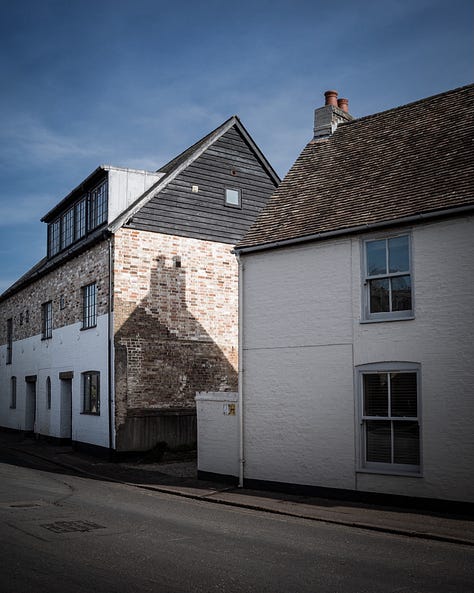
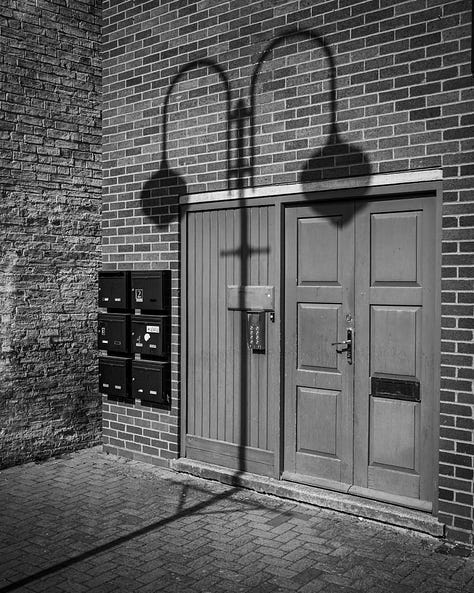
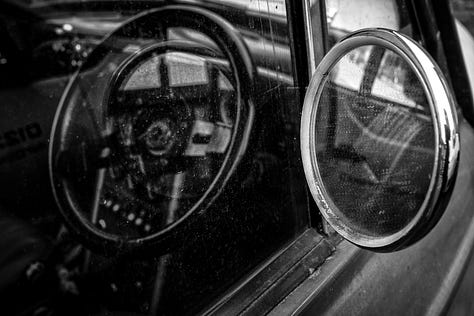
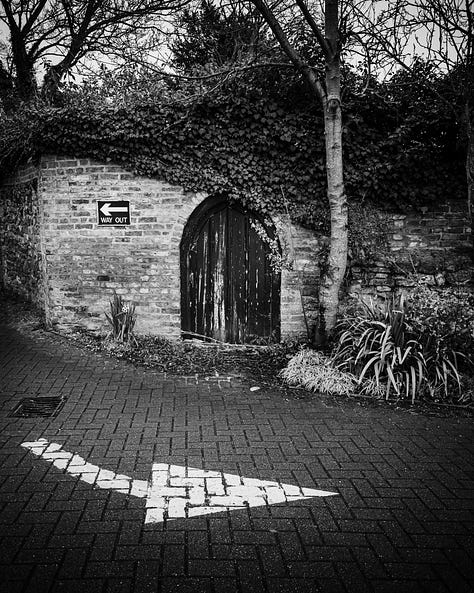
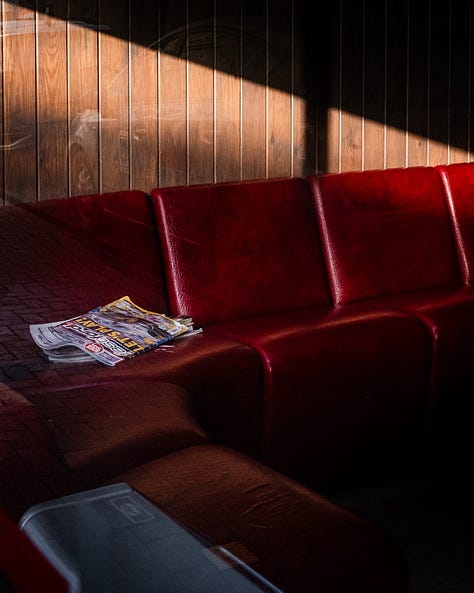
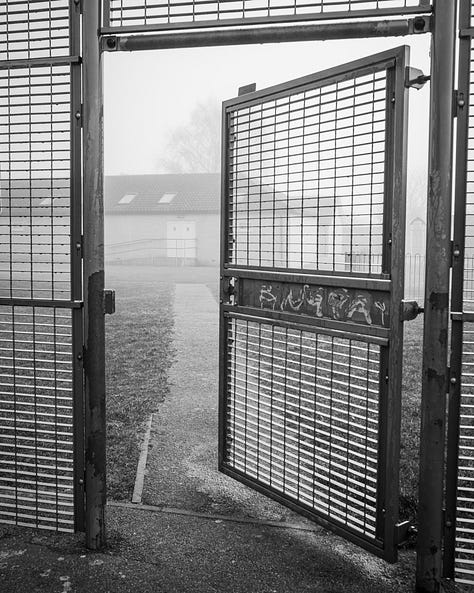
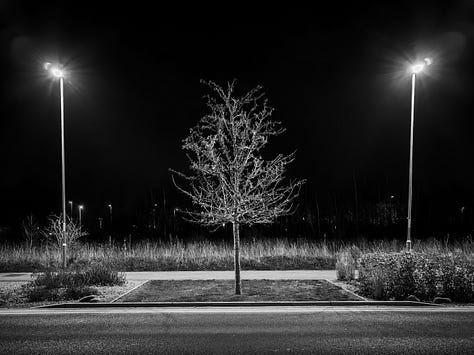
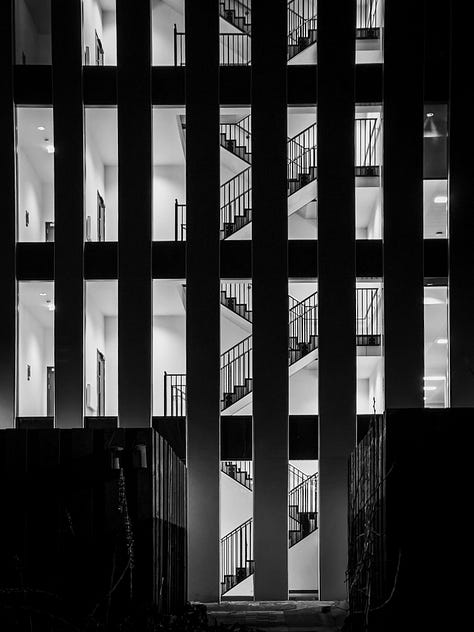
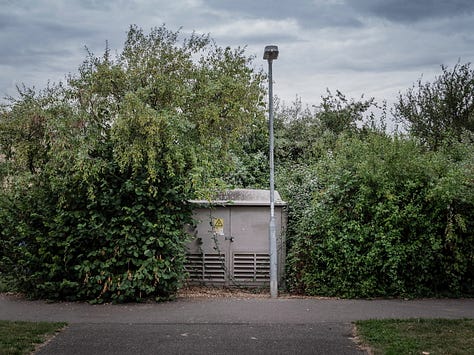












Excellent advice.
Superb post Giles, you manage to cover a tremendous amount of ground in a succinct and engaging way. I too thought I had finished photographing my local area after my trip to Antarctica. It all just seemed drab and uninteresting. Lockdown forced me to reevaluate and, due to my wife being ill and needing to isolate, I had only our farm to work with. It taught me all those lessons you mention and made me a better photographer as a result. Everything you’ve written is spot on 👏